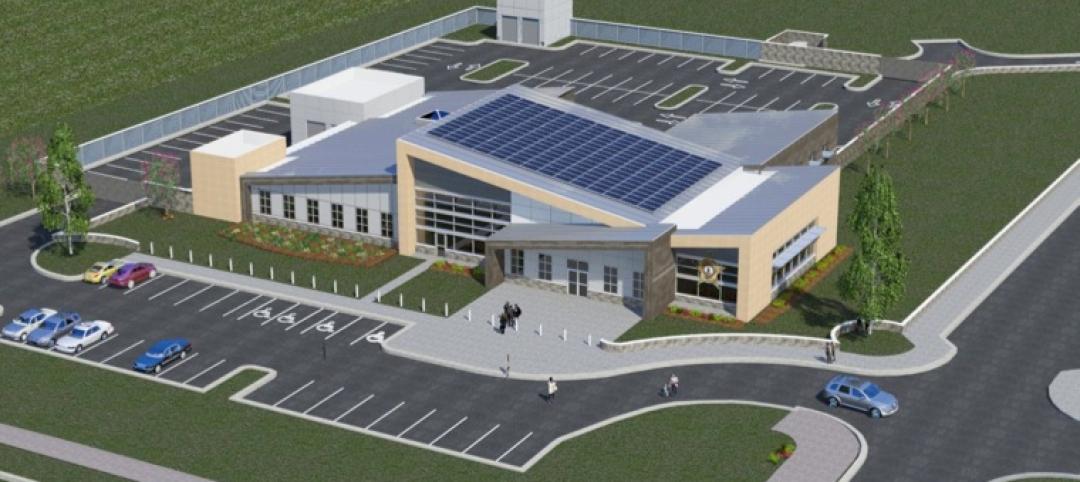The U.S. House of Representatives passed legislation that will create a voluntary energy-efficiency program modeled after Energy Star for commercial and government buildings.
President Obama is expected to sign the so-called Tenant Star law, which authorizes the U.S. Environmental Protection Agency to set up a branding, recognition, and certification program. Tenant Star is targeted for property owners and tenants who design, build, and operate leased spaces in office buildings.
Tenant Star encourages tenants, who, in some buildings, consume more than half of the power used by the building, to take measures to save energy. If the program is widely adopted, it could save landlords and tenants an estimated $2 billion by 2030 and reduce carbon emissions by nearly 12 million metric tons.
"Tenant Star will also go a long way to help ensure that U.S. buildings—and the separate spaces leased within them—are at the vanguard of technology and energy conservation,” says Anthony E. Malkin, Chair of The Real Estate Roundtable's Sustainability Policy Advisory Committee and Chairman and CEO of Empire State Realty Trust, Inc. “The program will allow building owners to attract financiers, investors, and tenants in the increasingly competitive national and global markets for real estate.”
Related Stories
| Aug 21, 2014
American Iron and Steel Institute revises 14 test standards
The American Iron and Steel Institute (AISI) published 14 revised test standards in its S900-series.
| Aug 14, 2014
Mississippi county rejects adoption of state building code
The county board of supervisors voted unanimously to opt out of the state building code.
| Aug 14, 2014
Boards at odds over North Carolina county’s CM-at-Risk policy
Some local small contractors are not pleased with the school board’s CM-at-Risk policy that was instituted in 2007. The county’s board of commissioners has offered a sympathetic ear to their complaints
| Aug 14, 2014
2014 National Electrical Code now effective in 12 states; 11 more to come online by January
The National Fire Protection Association (NFPA) says that the 2014 edition of the National Electrical Code(NEC) is now effective in 12 states: Alabama, Colorado, Idaho, Maine, Massachusetts, Minnesota, New Mexico, Rhode Island, South Dakota, Vermont, Washington and Wyoming.
| Aug 14, 2014
CDC report highlights need for heat acclimatization to prevent worker deaths
CDC supports OSHA’s analysis suggesting that the primary risk factor for heat fatalities is the lack of acclimatization programs.
| Aug 8, 2014
California revives study of earthquake faults
California reinstituted an ambitious plan to study dangerous earthquake faults and create zoning maps that could restrict development.
| Aug 6, 2014
Loudoun County, Virginia may dump green building requirements
Loudoun County, Va., supervisors may do away with a county policy that requires LEED Silver certification on new county buildings.
| Aug 6, 2014
$300 million mixed-use project in Chicago’s medical district wins key approval
The Illinois Medical District Commission approved a 1.16 million-sf, $300 million mixed-use project in Chicago’s Illinois Medical District.
| Aug 4, 2014
Facebook’s prefab data center concept aims to slash construction time in half
Less than a year after opening its ultra-green, hydropowered data center facility in Luleå, Sweden, Facebook is back at it in Mother Svea with yet another novel approach to data center design.
| Jul 31, 2014
LEED Dynamic Plaque gives owners and tenants ability to monitor building performance
The LEED Dynamic Plaque could aid certified buildings in maintaining performance with up-to-date information about water and energy use, waste reduction efforts, occupant experience, and other green performance categories.












